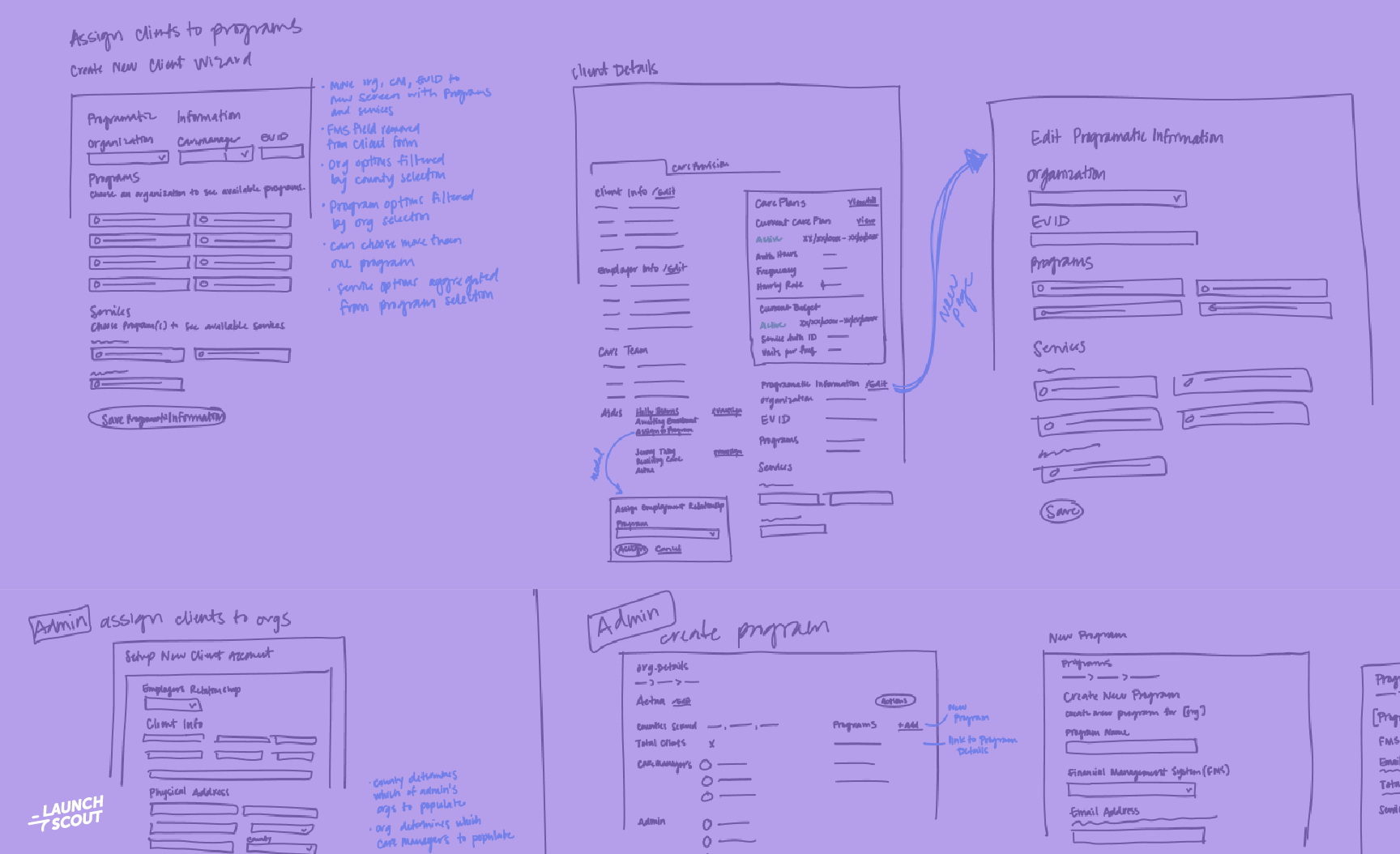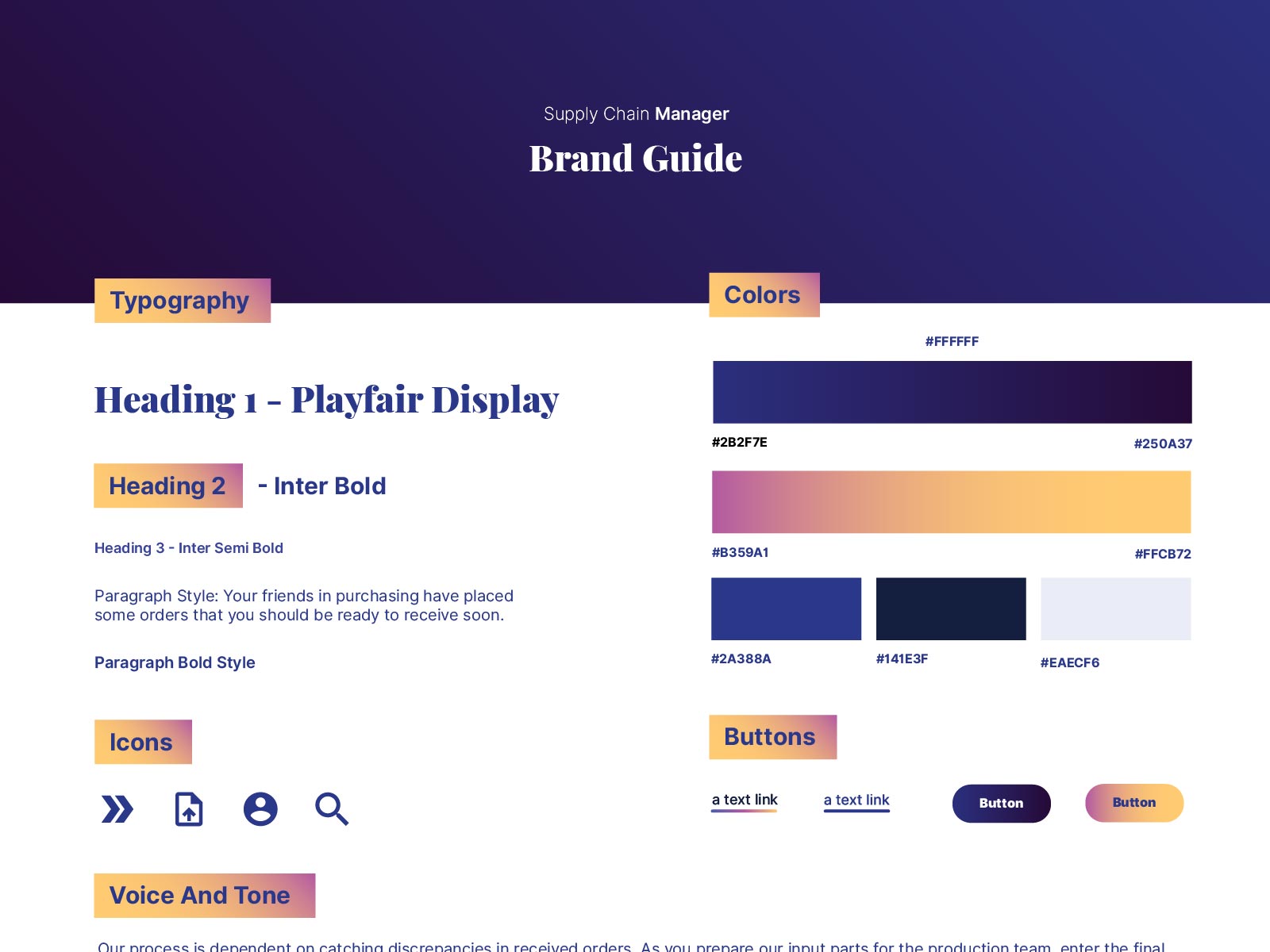
10 March 2021
The Power of Branding Internal Software
Powerful teams share a purpose, speak the same language, and provide a consistent customer experience. Their team members are the loudest advocates for a product or service. Organizing a large group of unique individuals to all pull on the same side of a rope does not happen by accident. It requires more than just strong leadership and inspirational quotes. Successful internal branding comes with clear communication, empathy, and context. It should equip team members to be a part of something bigger than themselves.
For many organizations, the cost of building web applications for their internal team is rewarded by efficiency, data-driven decisions, and stronger products/services. While these returns should be the primary value when building custom software, it also provides the perfect opportunity to build or reinforce your internal brand. Here are the three biggest examples I have seen over the years where branding can be used to strengthen a team.
Establish and Support a Common Language Through Voice, Tone, and Vocabulary
How a team communicates directly impacts multiple levels of any organization. Establishing consistent internal and customer-facing communication is challenging for many companies. A great way to begin laying the foundation for these skills to incorporate your brand voice into the tools your team uses daily.
Calling a Spade a Spade
Defining a common vocabulary is hard. The upside of a shared web application is that it usually forces a company to identify how different departments refer to the same element of their work. Story mapping new features with all invested stakeholders is a great way for these naming problems to work themselves out.
I have been asked by clients to make headings/descriptions variable on the user and their title. It’s not hard to point out the usability issue by referring to things differently in unique parts of the application. It can especially cause confusion for cross-departmental training.
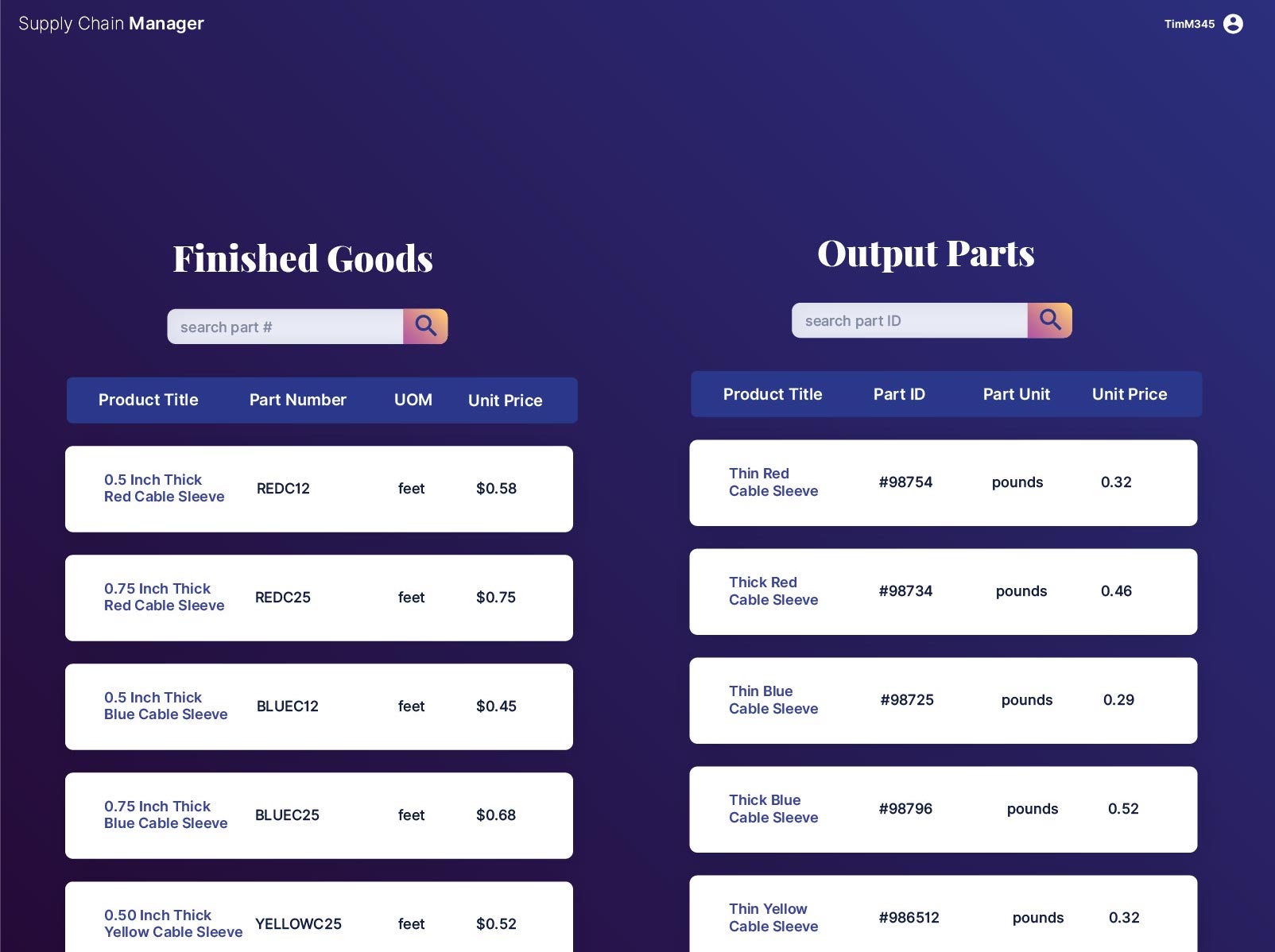
Supporting the Tone and Voice for Customer Interactions
Whether you are building a customer service tool or a product forecaster, adding a branded way of talking about products or services is not hard. Many companies have a developed voice, tone, value prop, and customer messaging. Applying these brand elements to sections of an internal application, like captions or descriptions, will reinforce your desired communication.
Taking my first point one step further: what happens when your internal team interacts with customers? The internal communication of many industries is like a foreign language to clients. As technology consultants, we run into this problem all the time. Our team is always adapting our words to be in terms that our clients understand. By including your customer service and marketing teams in the vocabulary discussion, you should be able to find mental models your team members and your customers understand.
Communicate Mission and Purpose
There is nothing worse than completing a task you think is pointless, yet many of us have encountered required assignments we did not understand the purpose of. If branding and usability can help a customer understand the purpose of completing a task in order to receive a product, it can also help provide purpose for your internal team.
Include the Company’s Mission and Goal
While it can be obnoxious to incorporate your company’s mission and goals in internal tools, what better place than something your team opens every day? General company statements inside internal tools should be added with thought and be sincere. It helps to know what drives your employees and what excites them about the work you do. In most web applications there are many appropriate areas to add elements of your mission including dashboards, home screens, error pages, and empty content areas.
Define Clear Objectives and Purpose with Each task
When building a complex form or some sort of time tracking feature, add context. It should be simple to provide a purpose with each task. A brief overview in each section of your app can clearly describe what a task accomplishes, how it serves the company as a whole, and the outcome you’re looking for. Some tasks will always feel mundane, but this easily limits confusion around why a task is required.
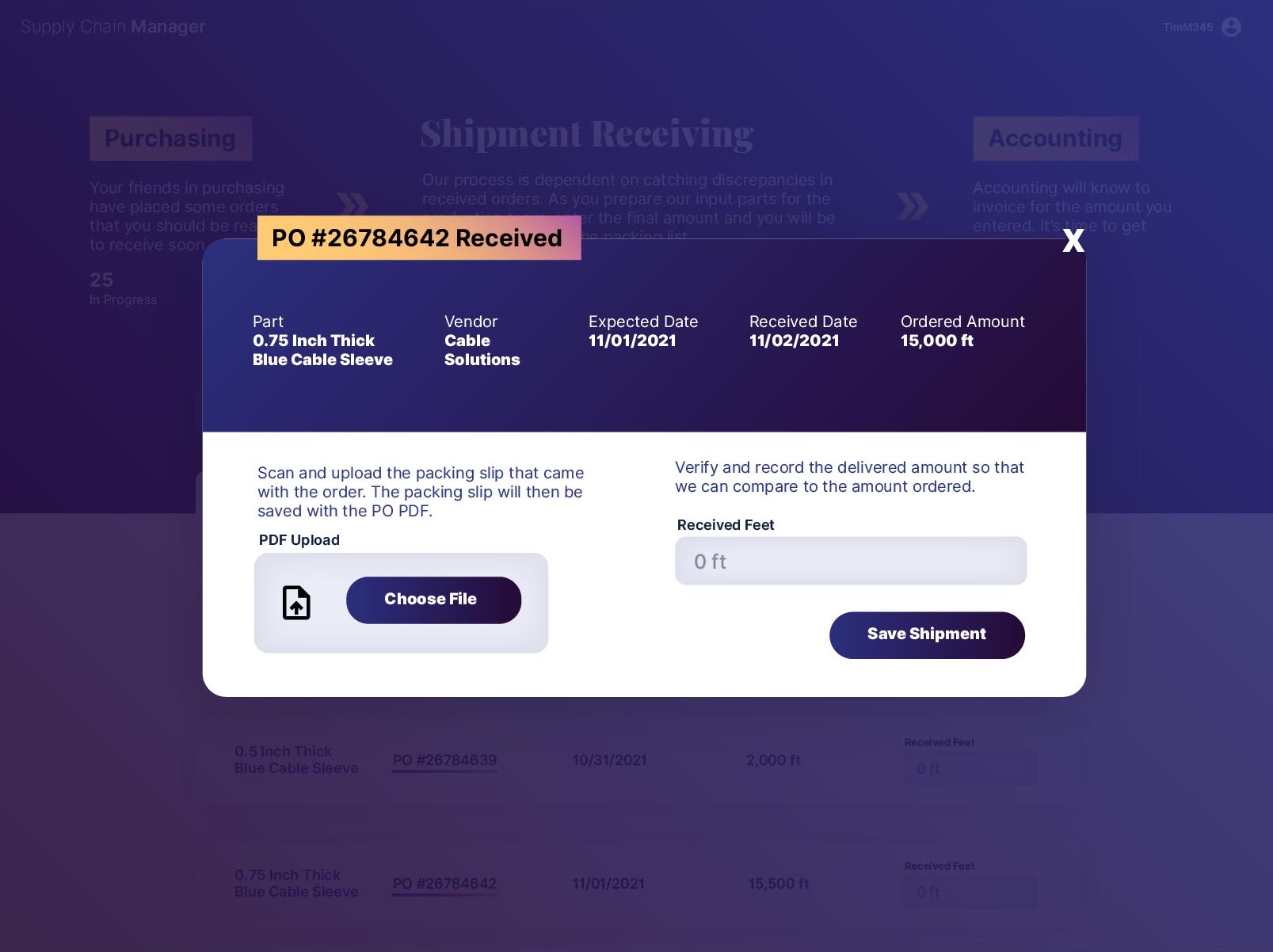
Connect Your Team with Transparency and Interaction
Helping your employees understand how they fit within a bigger team can impact internal brand loyalty. Providing context and transparency to ongoing work will help.
Show How Features/Tasks Affect The Other Departments
It’s common to build multiple applications that interact with one another and affect the same data. It’s not common to provide insights for your team to what is happening next or how other departments are dependent on them. But by doing this, it allows teams to see others’ progress and provides the context of how the organization is working together.
Add Context Of the Big Picture
It’s easy to exclude text and content that defines how a process fits within the whole organization. Including statuses and next steps, even when they don’t involve the current user, helps paint the big picture. These small features create a roadmap of your internal process that guides your team and reinforces the purpose.
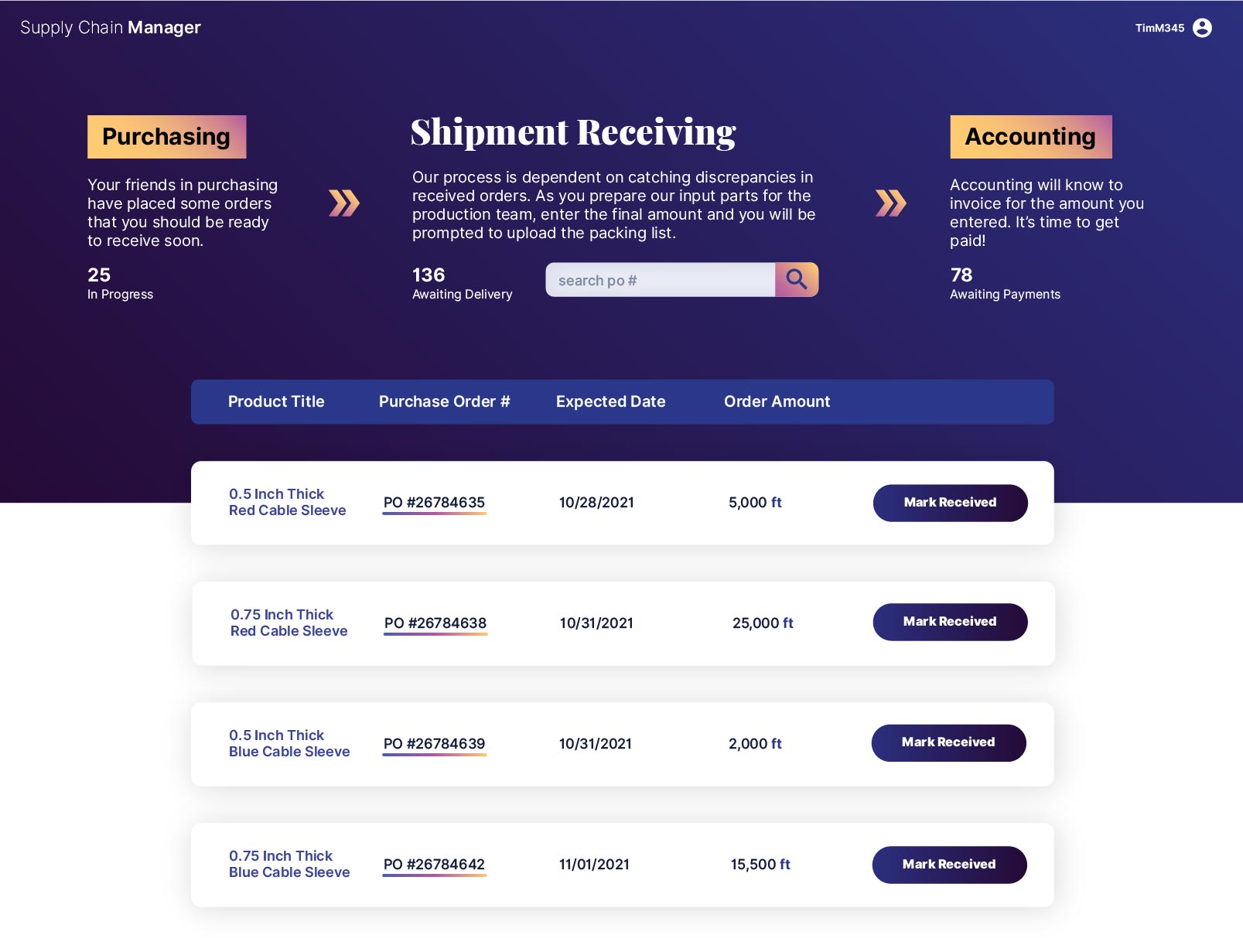
Incorporating The Team into the Design Process
If your internal team does not strongly advocate for your business or organization, who will? Branding is an element that can easily be added to the design or discovery process for any internal application you build. Ask how your team feels about the work you are supporting. You can also inquire on what teams are affected downstream of the planned software. Discuss how the company’s goals apply to the problem you are trying to solve. It’s easy to get started with the right questions.

